| Plant Habit: | Tree |
| Life cycle: | Perennial |
| Sun Requirements: | Full Sun |
| Water Preferences: | Wet Wet Mesic Mesic Dry Mesic Dry |
| Minimum cold hardiness: | Zone 3 -40 °C (-40 °F) to -37.2 °C (-35) |
| Maximum recommended zone: | Zone 7b |
| Plant Height: | 25-35 feet |
| Plant Spread: | 25-35 feet |
| Leaves: | Good fall color Deciduous Other: Obovate to oblong-obovate dark green leaves (to 3” long) have wedge-shaped bases. Foliage turns orange to scarlet to purple red in fall. |
| Fruit: | Showy Edible to birds Other: Rounded fruits (3/8” diameter) that ripen in September-October and typically persist to late fall. Fruits are technically edible, but are usually best left for the birds. The fruit is sometimes called a haw. |
| Flowers: | Showy Malodorous |
| Flower Color: | Pink Purple Red White |
| Bloom Size: | 1"-2" |
| Flower Time: | Late spring or early summer |
| Underground structures: | Taproot |
| Suitable Locations: | Street Tree |
| Uses: | Provides winter interest Flowering Tree |
| Wildlife Attractant: | Bees Birds Butterflies |
| Resistances: | Drought tolerant |
| Pollinators: | Midges |
| Containers: | Not suitable for containers |
| Miscellaneous: | With thorns/spines/prickles/teeth |
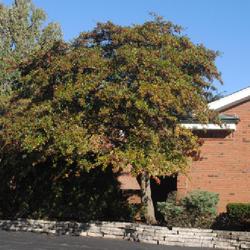
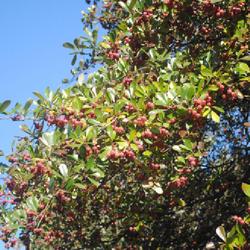
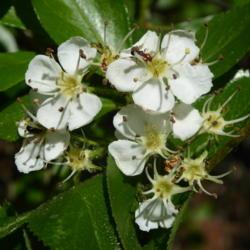
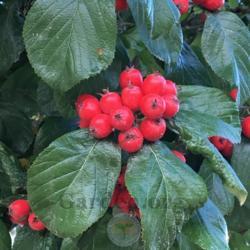
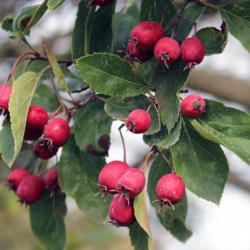

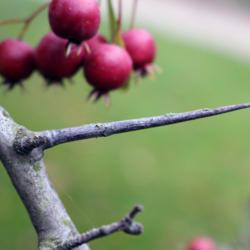
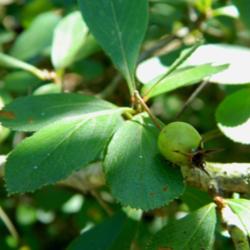
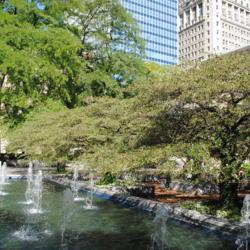
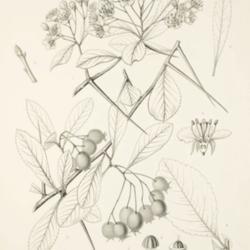
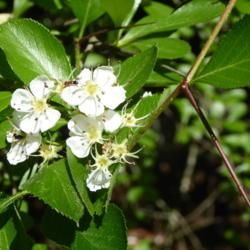
![Date: c. 1902
illustration [of var. pyracanthifolia] by C. E. Faxon from Sargen
Date: c. 1902
illustration [of var. pyracanthifolia] by C. E. Faxon from Sargen](/pics/2021-02-11/scvirginia/5685f9-250.jpg)
![Date: c. 1902
illustration [as C. fecunda] by C. E. Faxon from Sargent's 'Silva
Date: c. 1902
illustration [as C. fecunda] by C. E. Faxon from Sargent's 'Silva](/pics/2021-02-11/scvirginia/0af739-250.jpg)
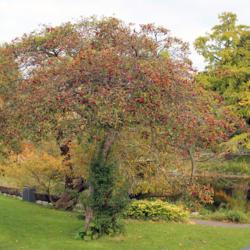
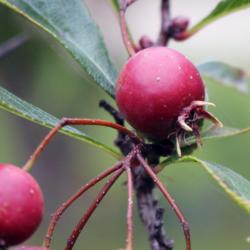
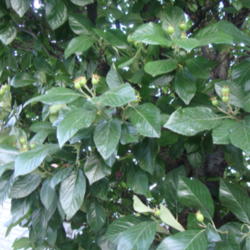
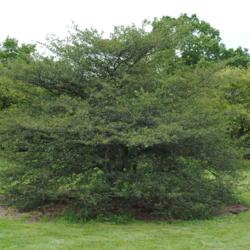
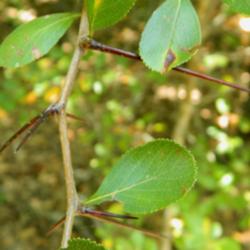
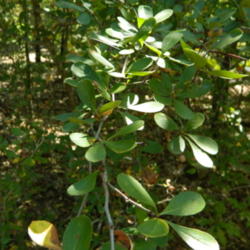
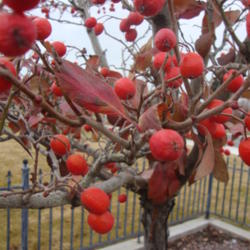
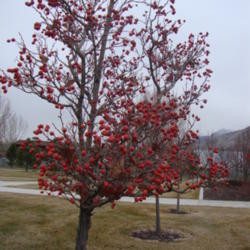
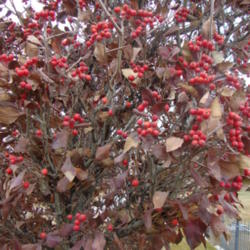



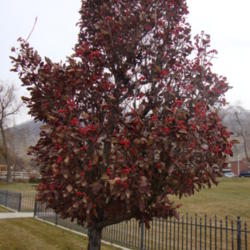

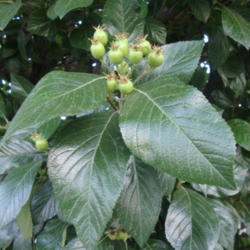
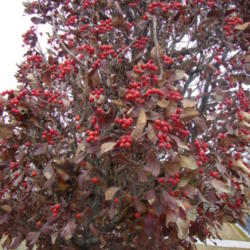
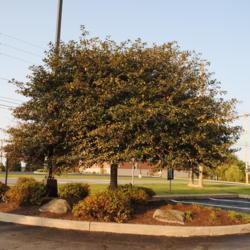
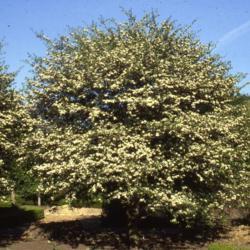
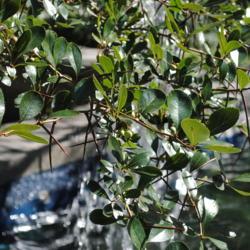
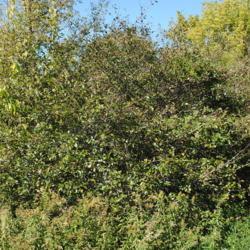

| Thread Title | Last Reply | Replies |
|---|---|---|
| I think I'm a splitter, not a lumper... by scvirginia | Feb 10, 2021 7:46 PM | 0 |